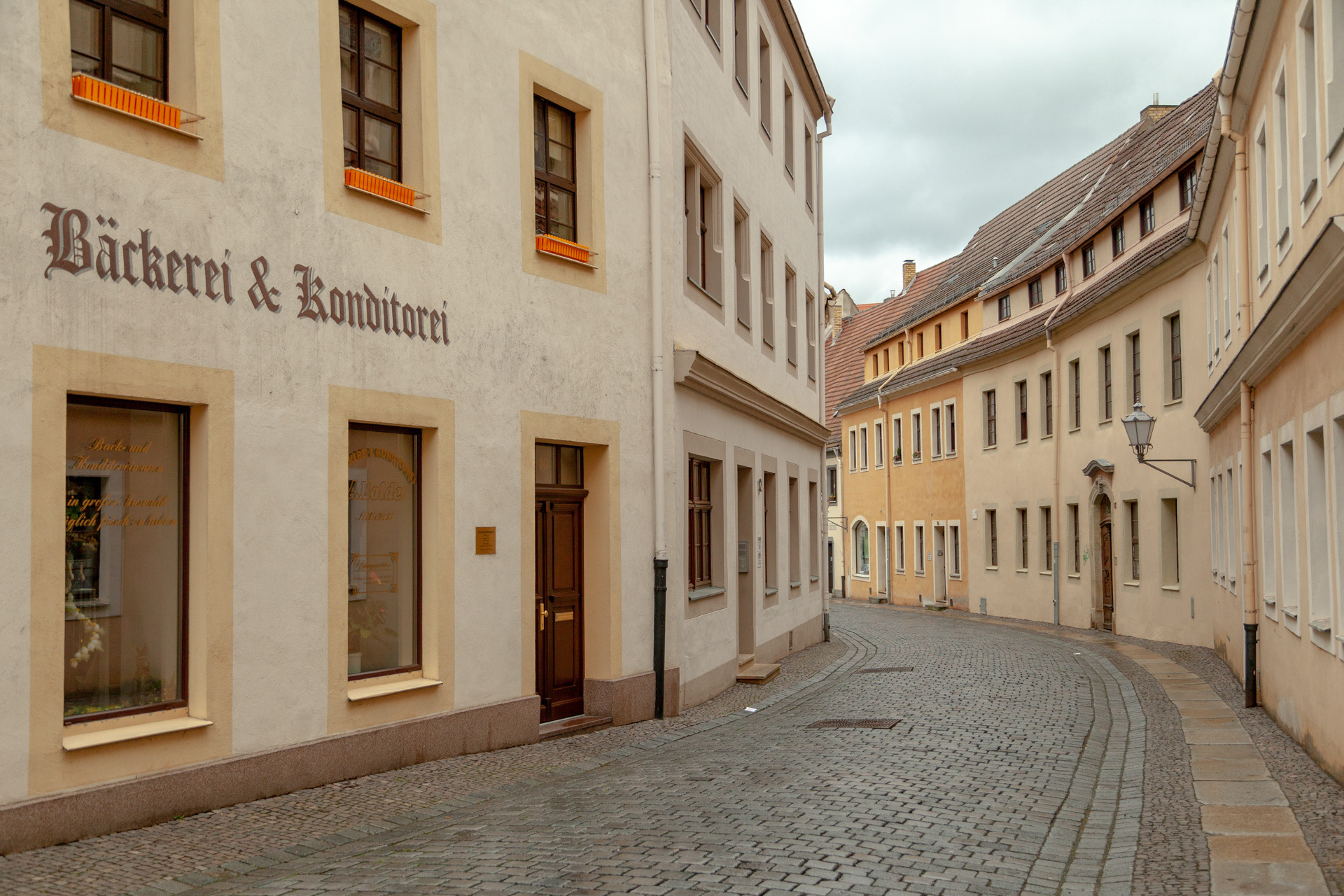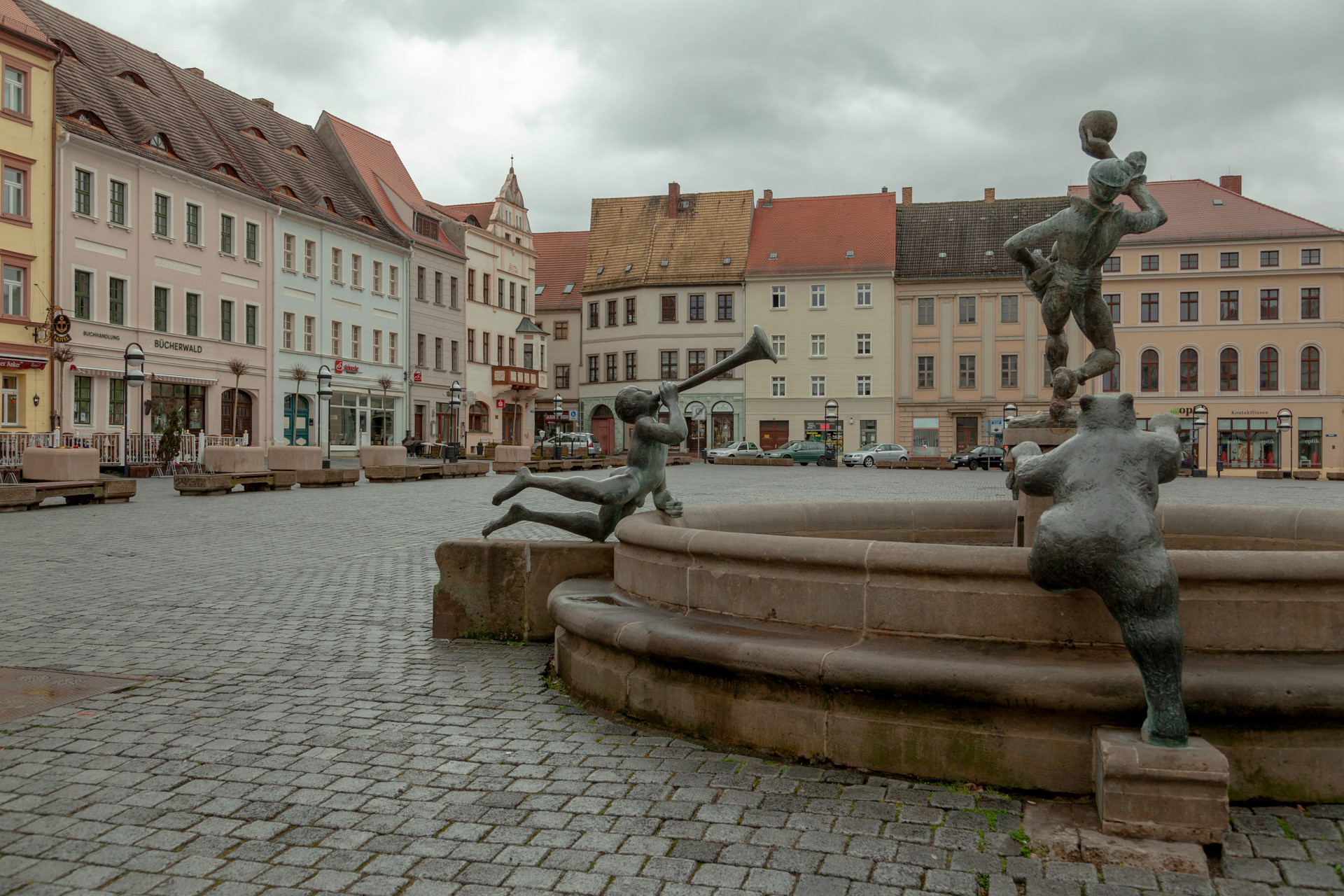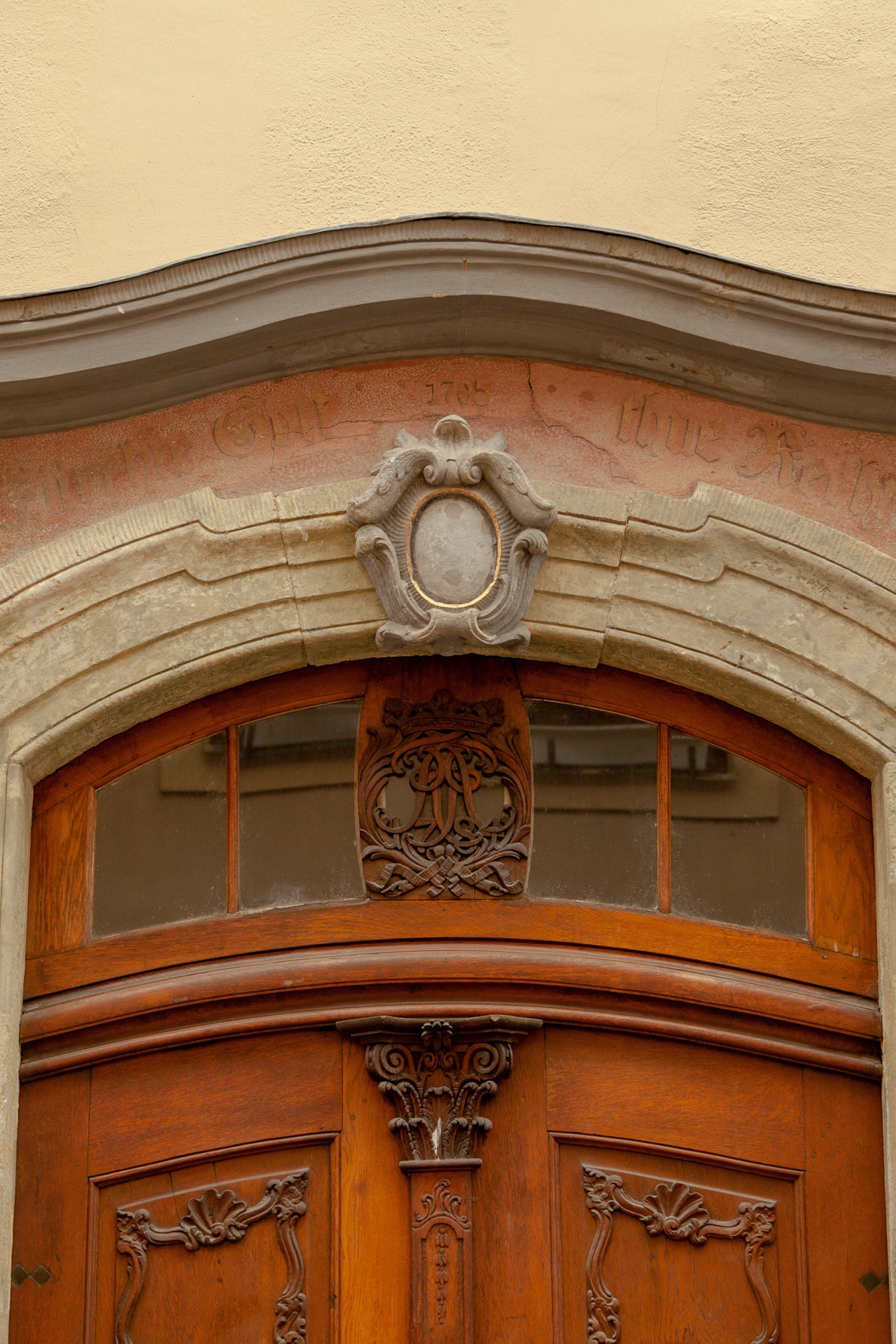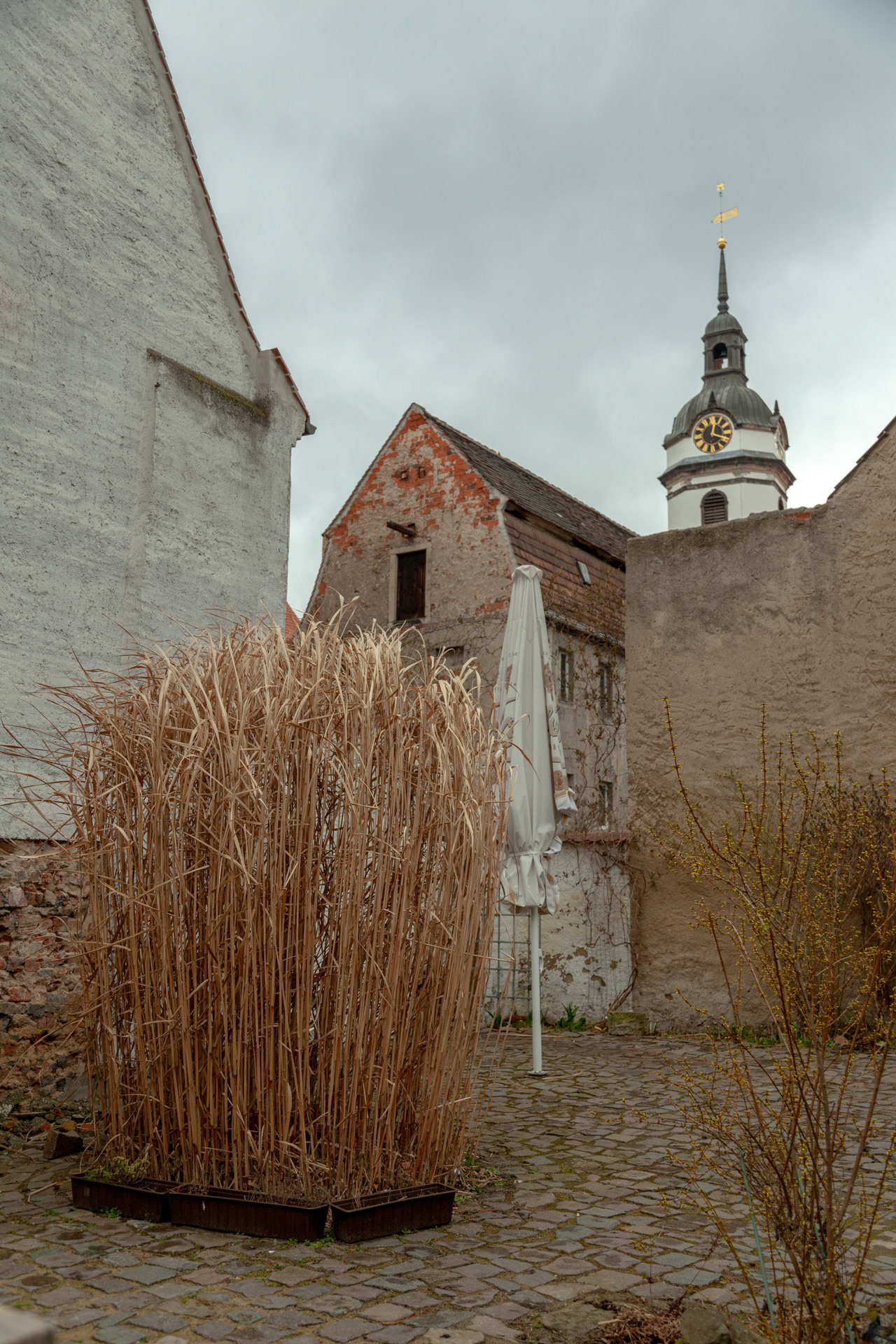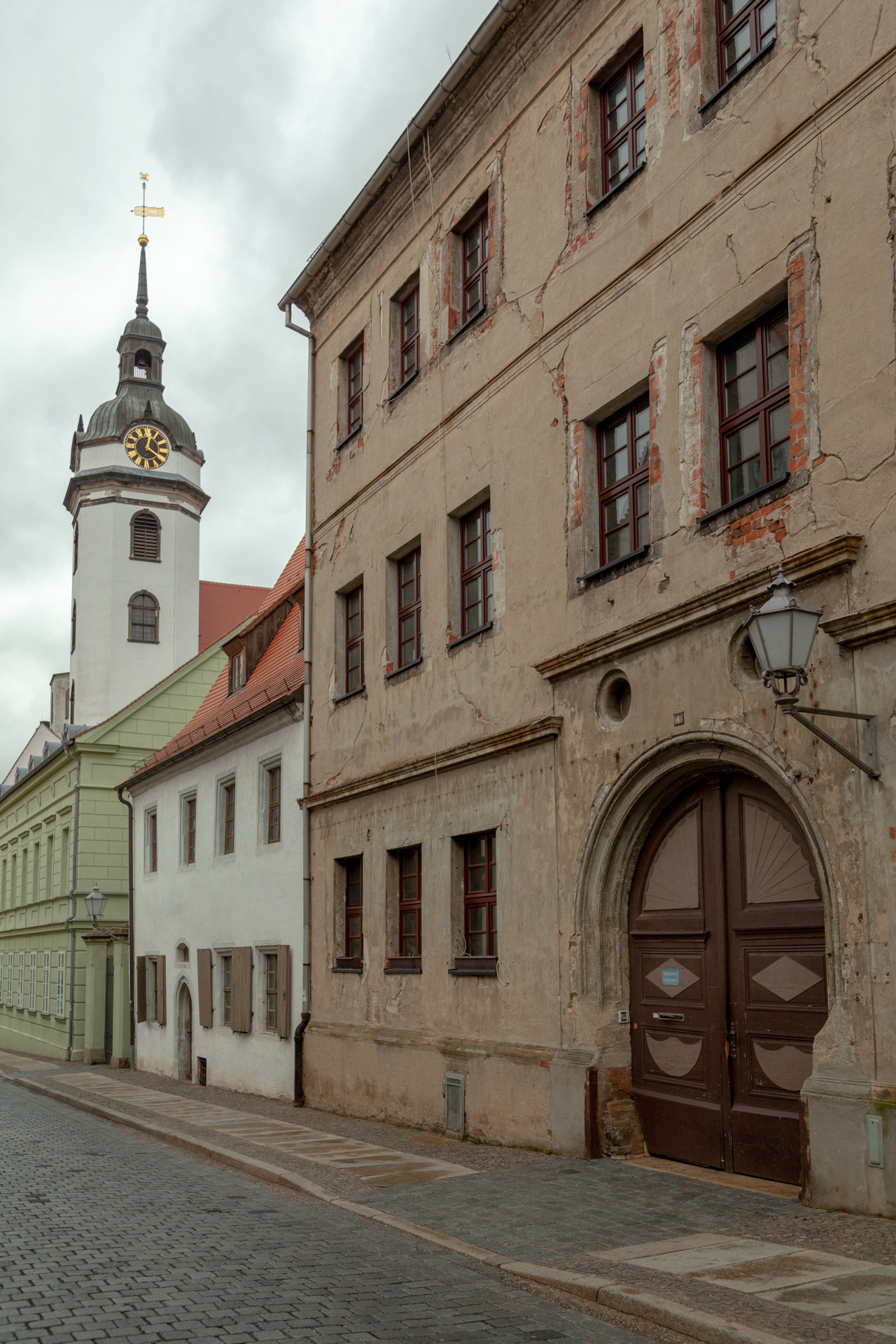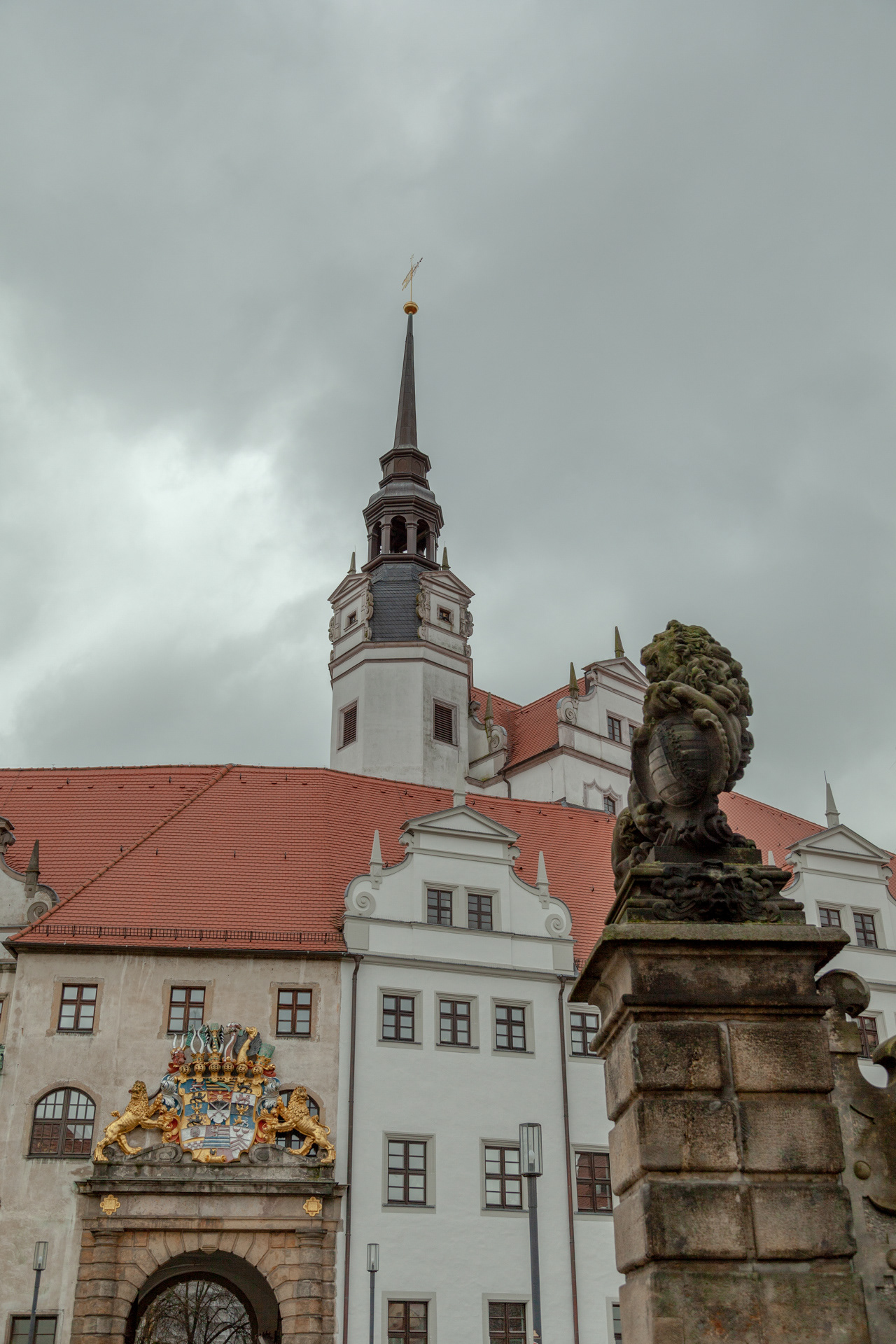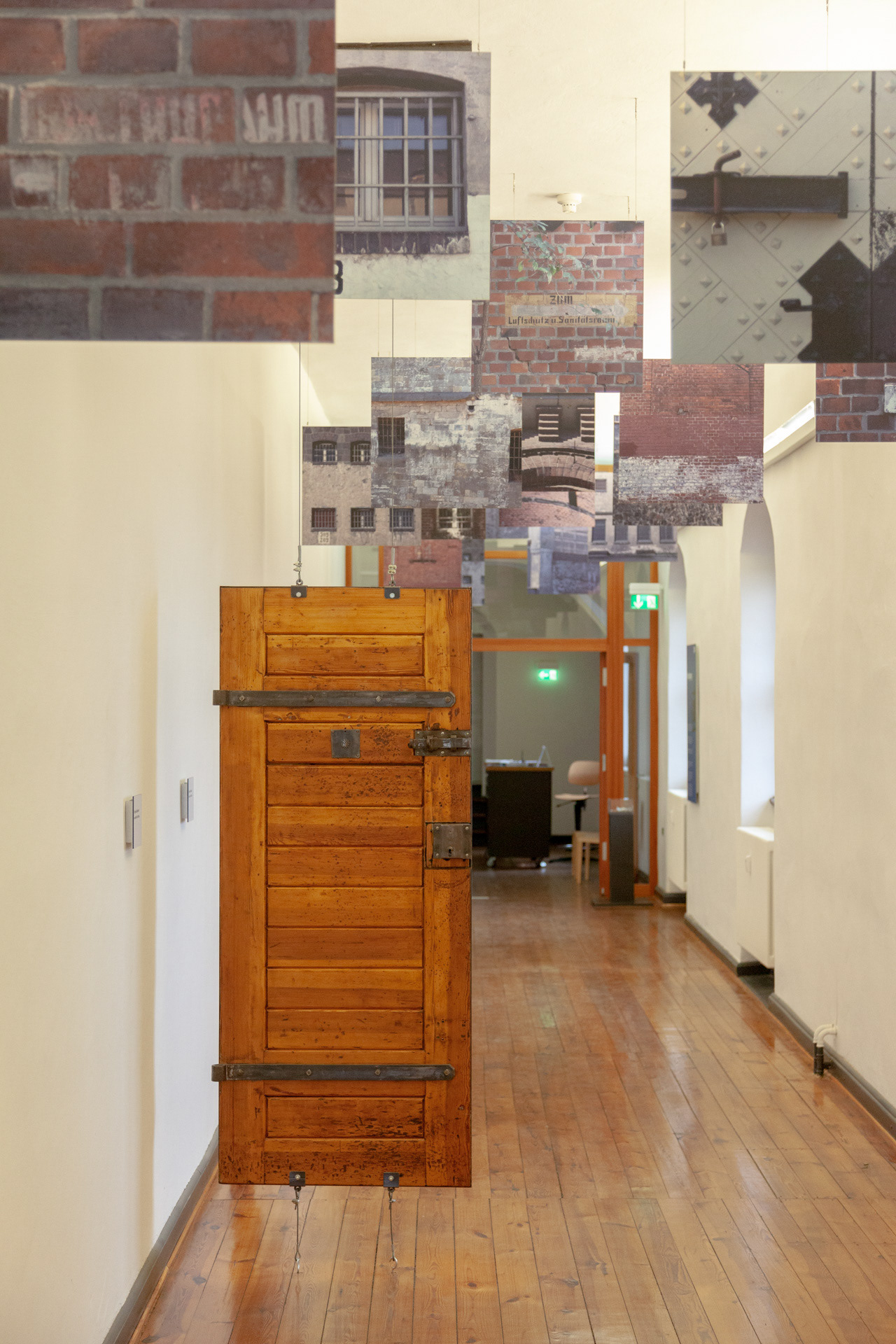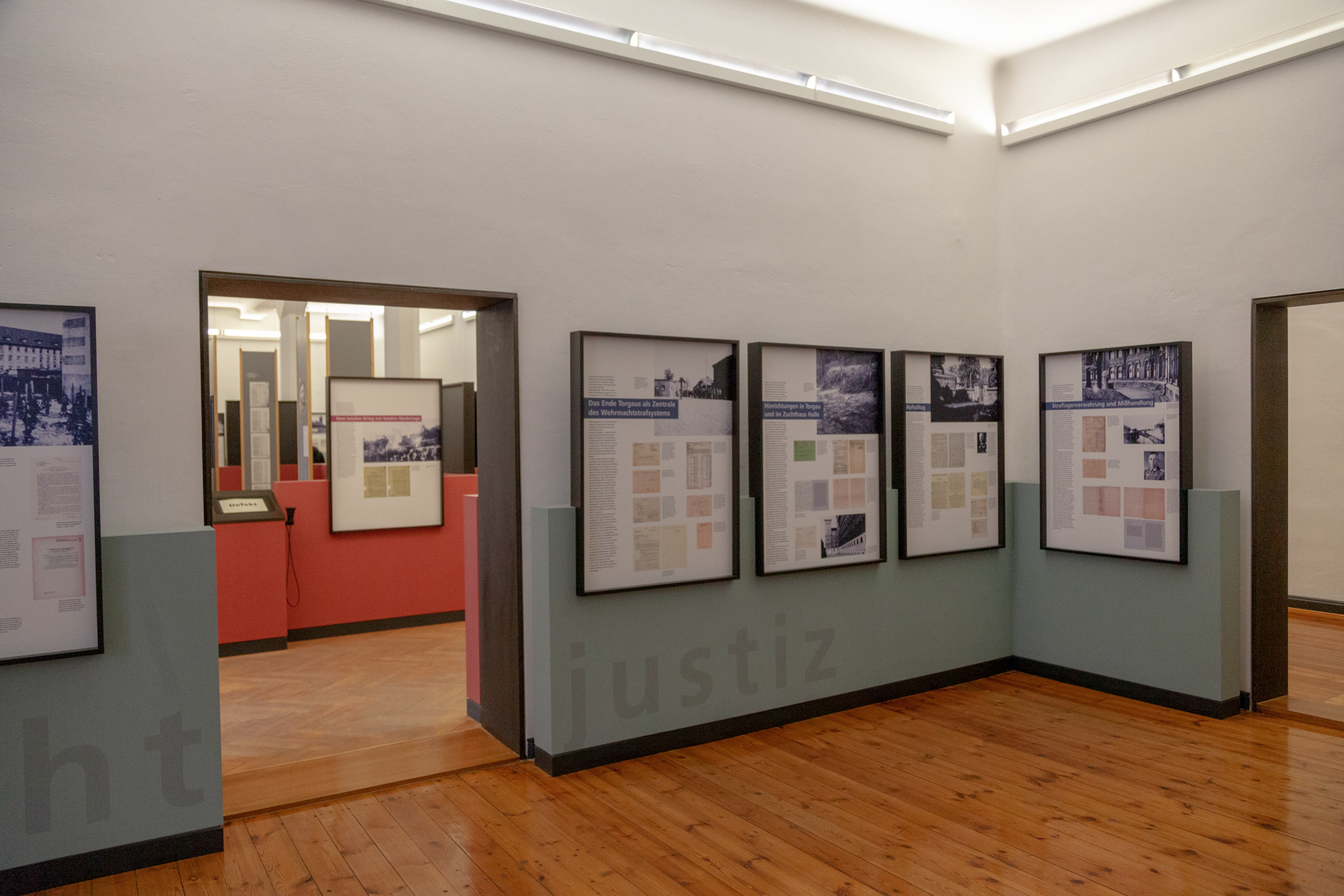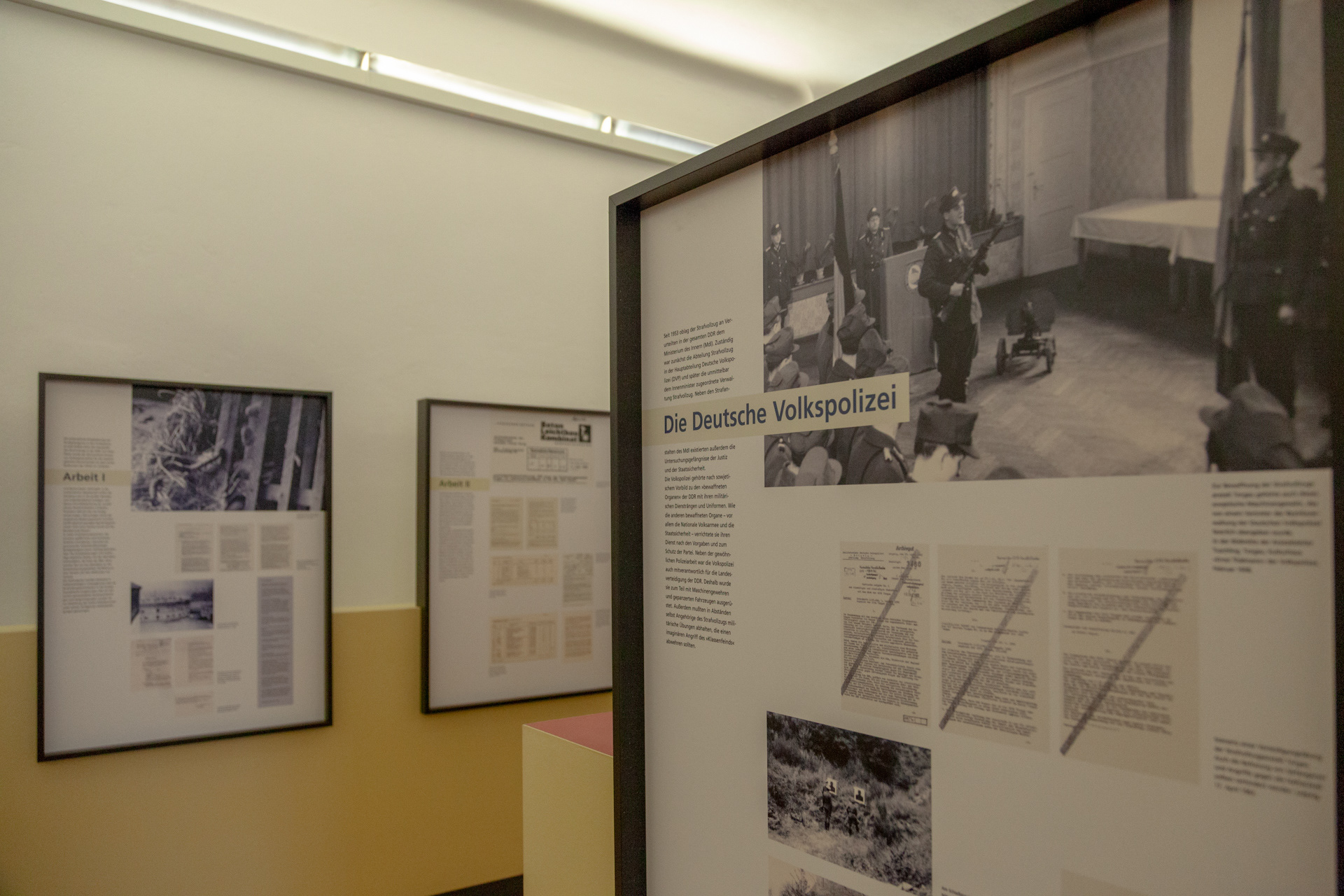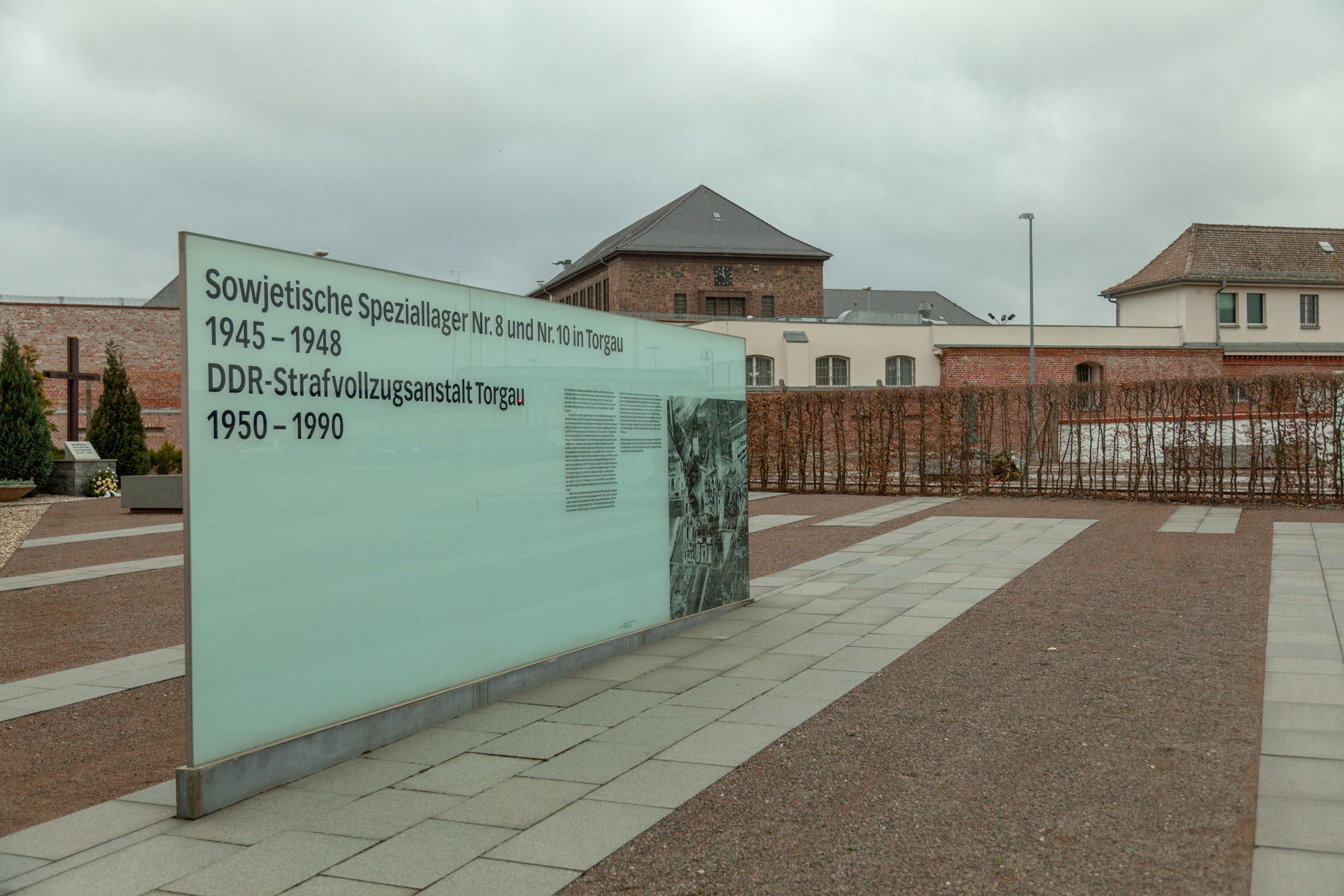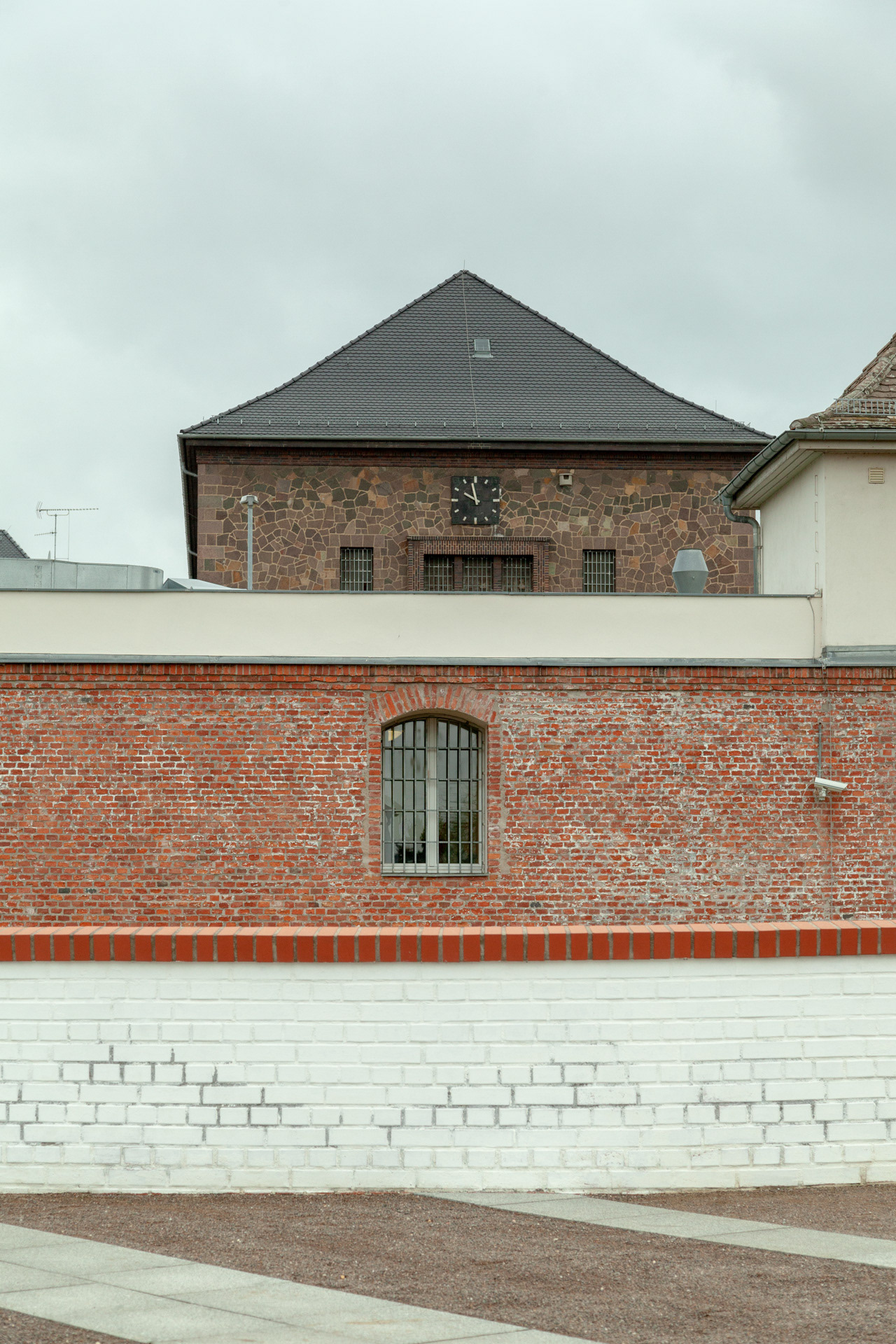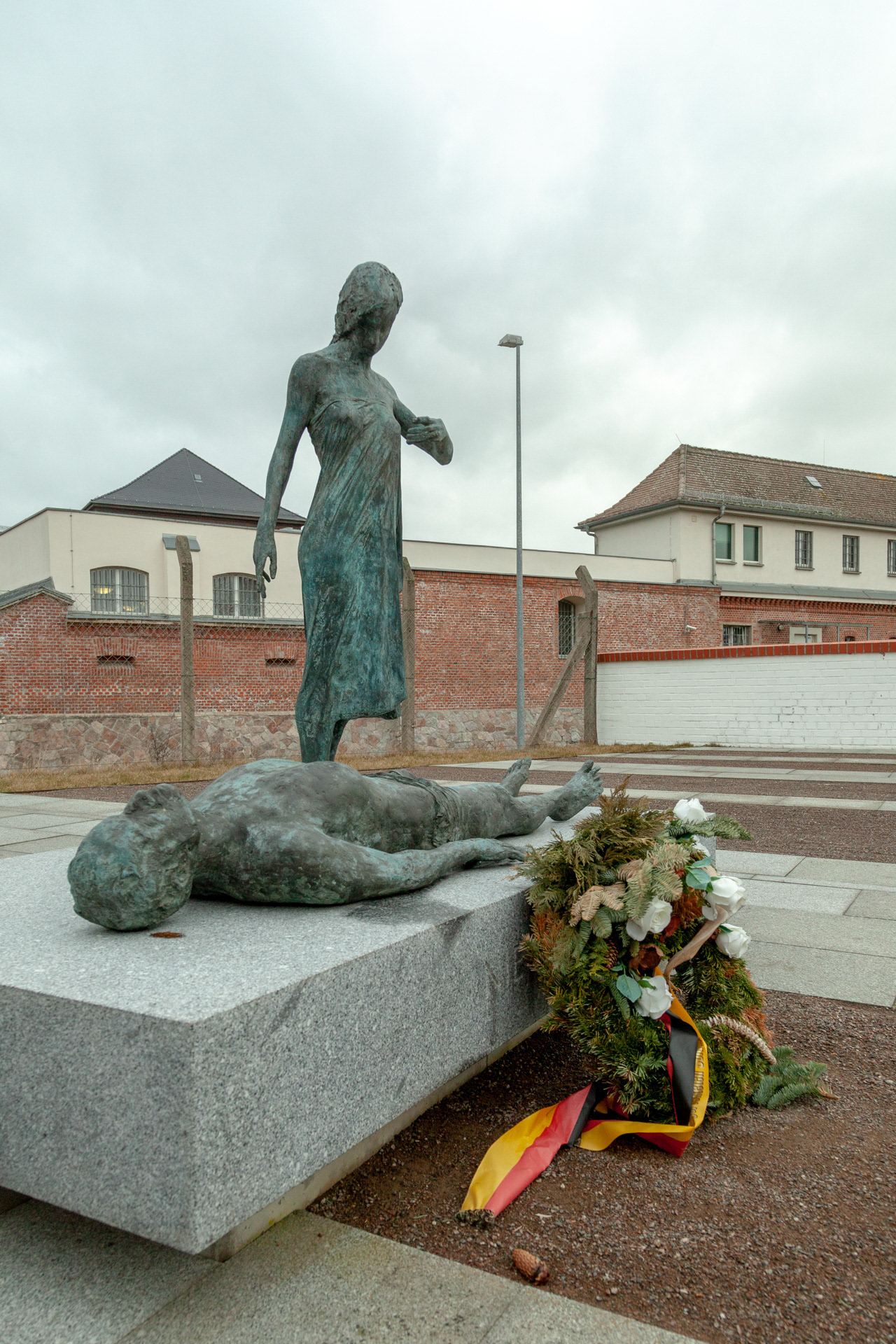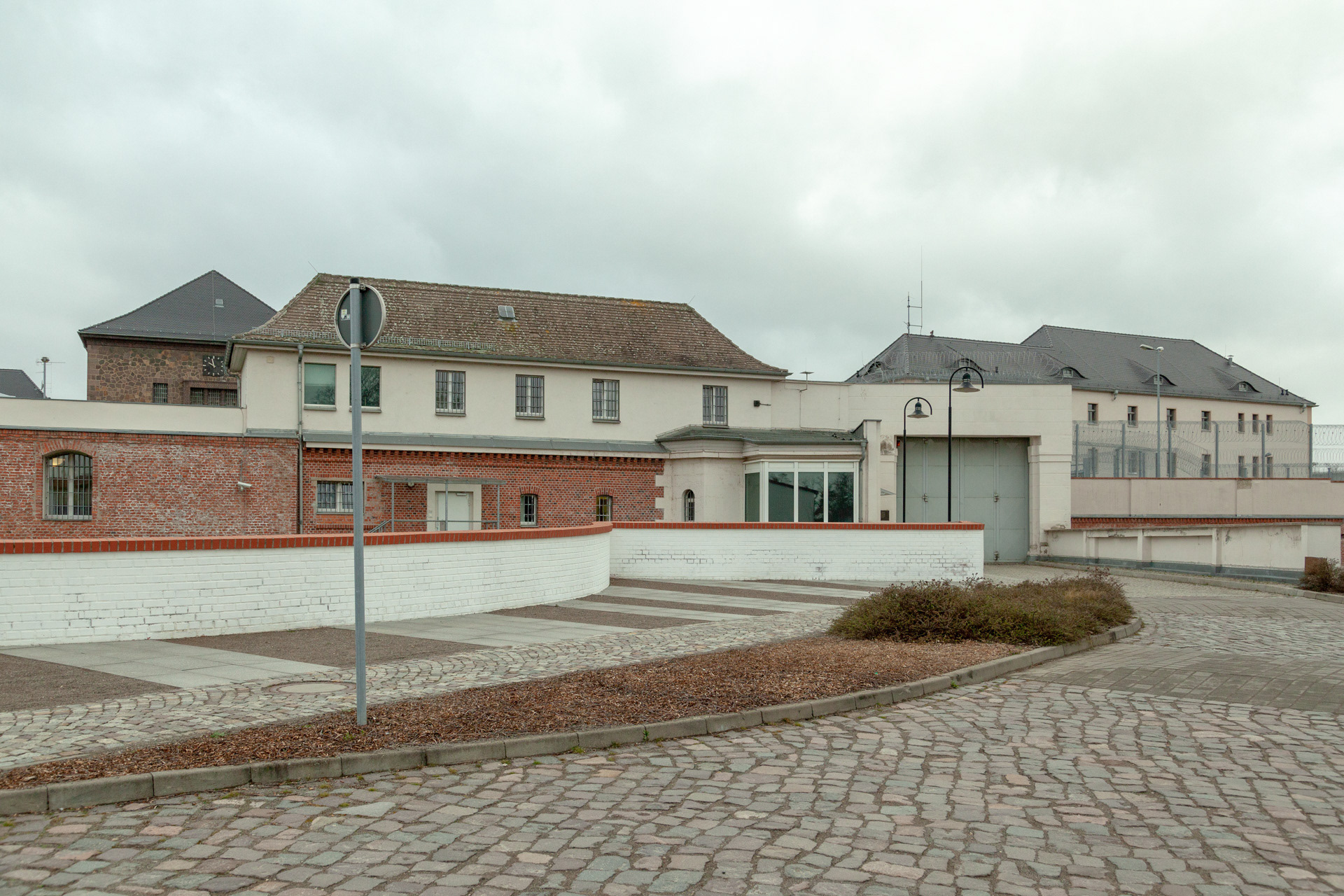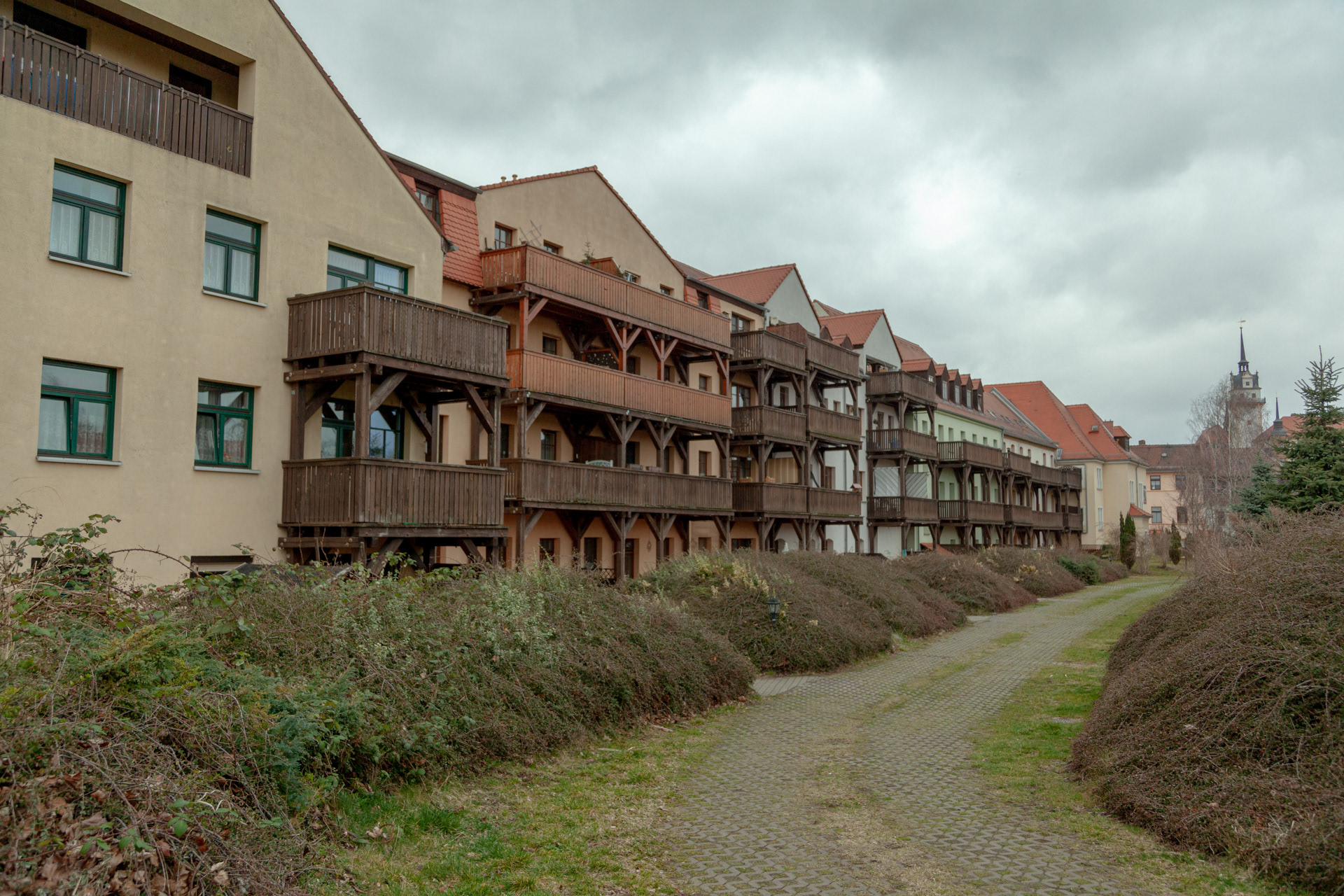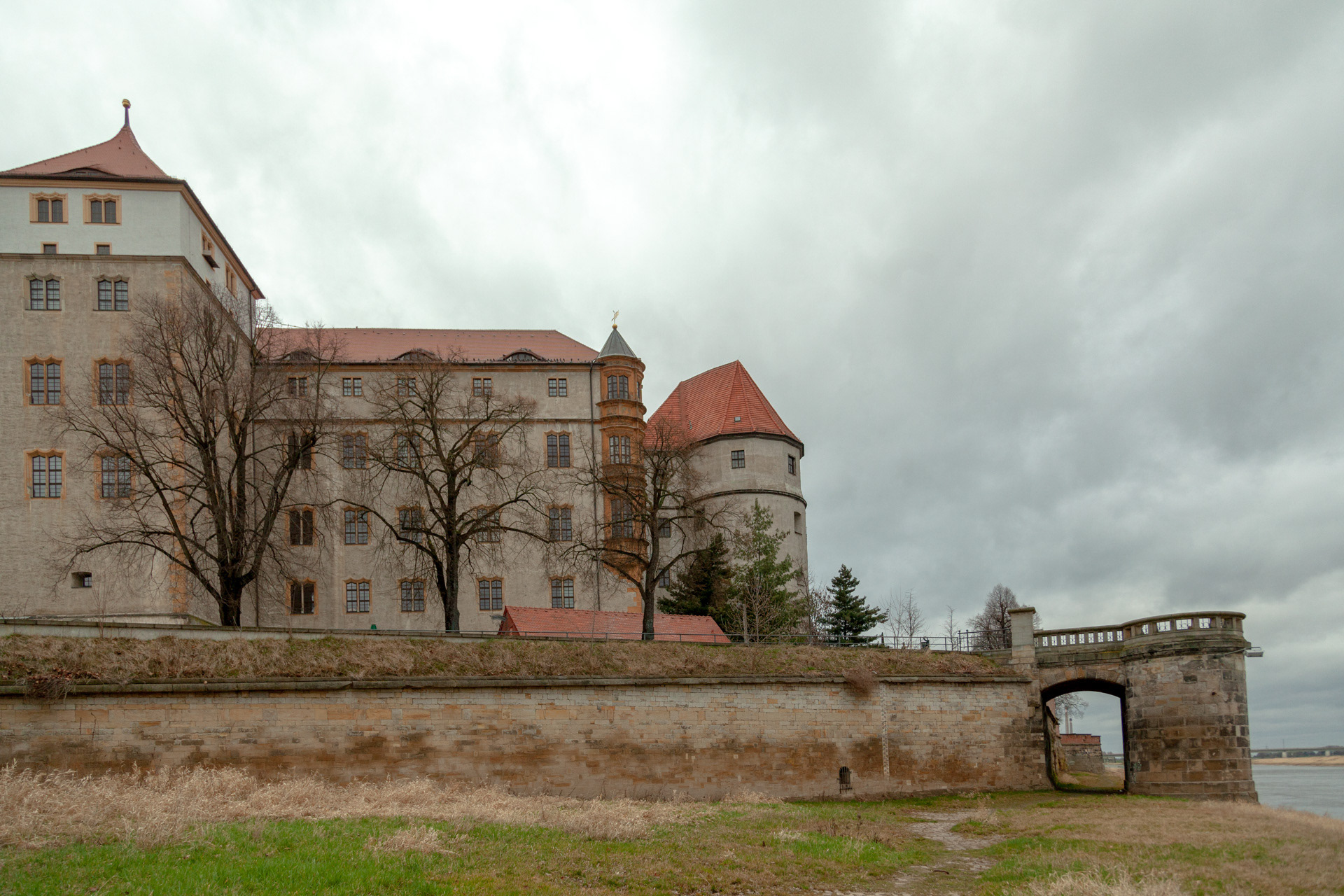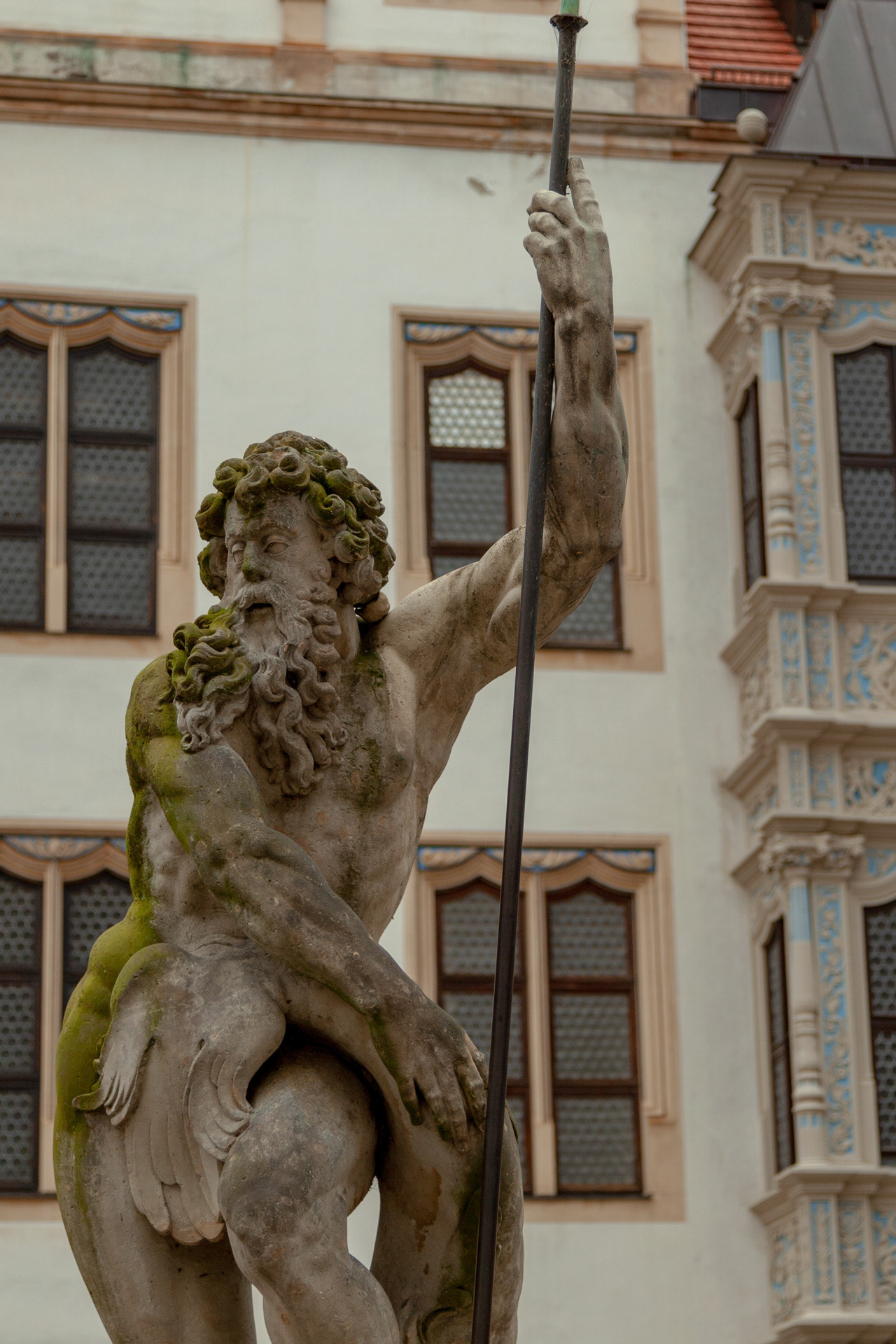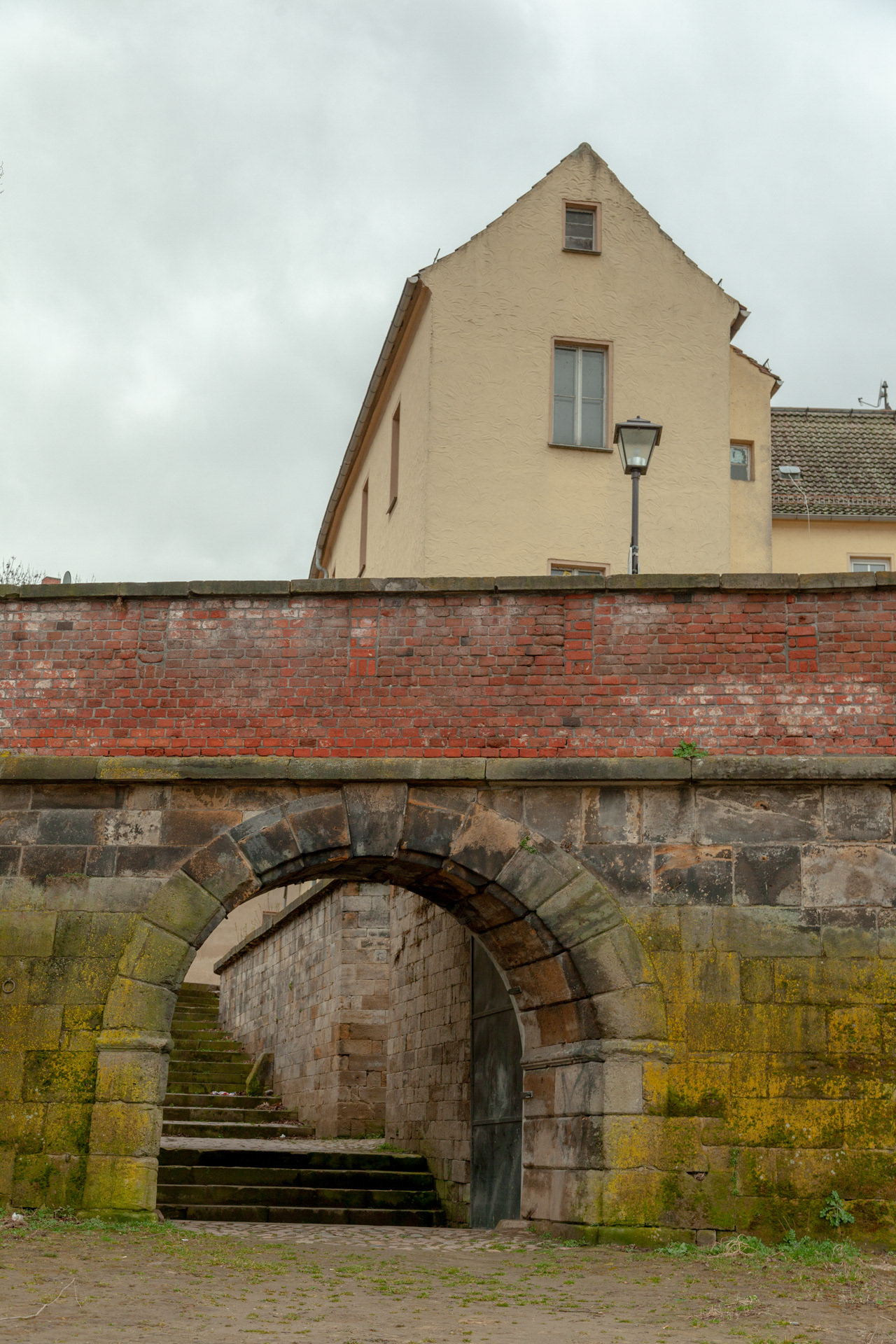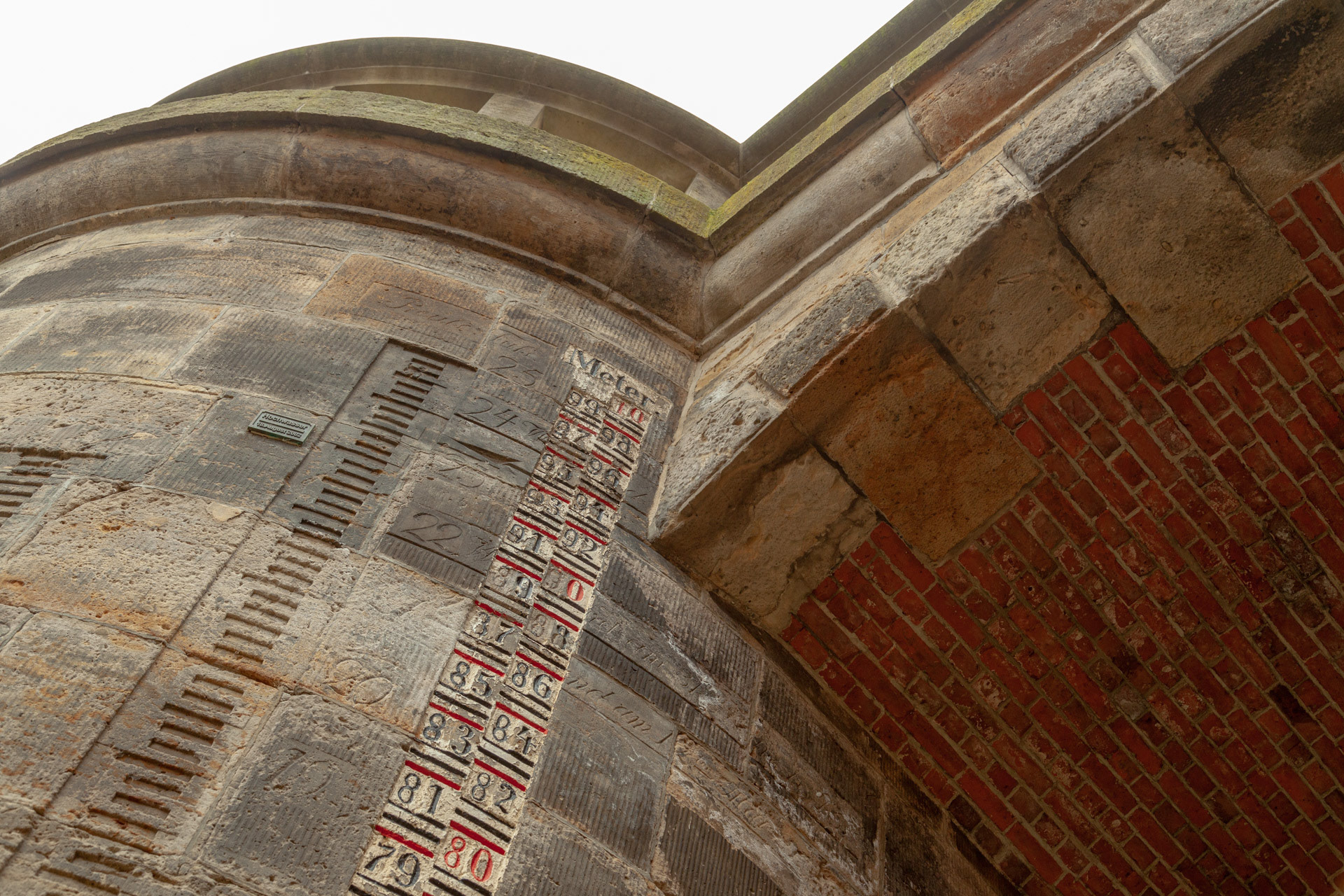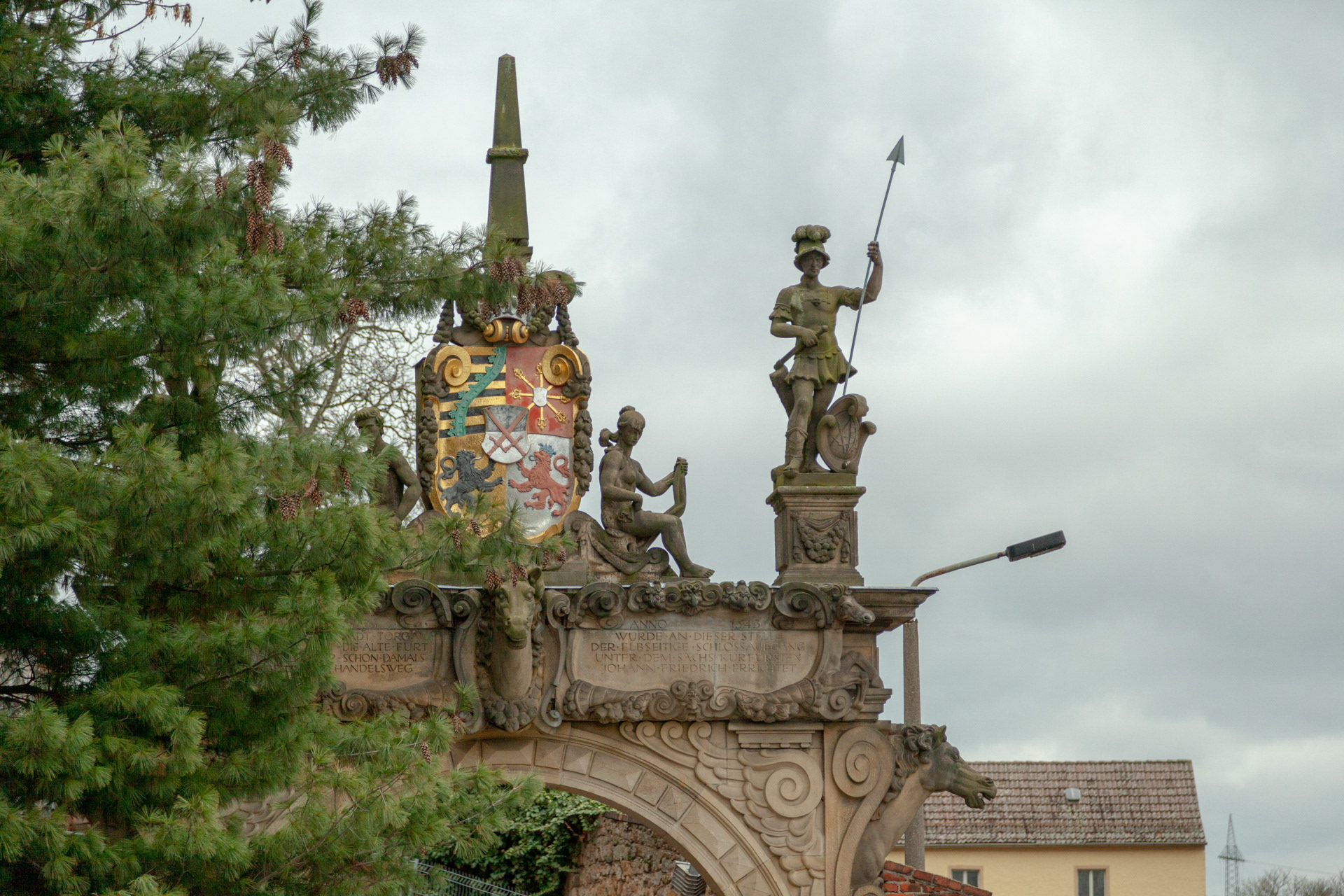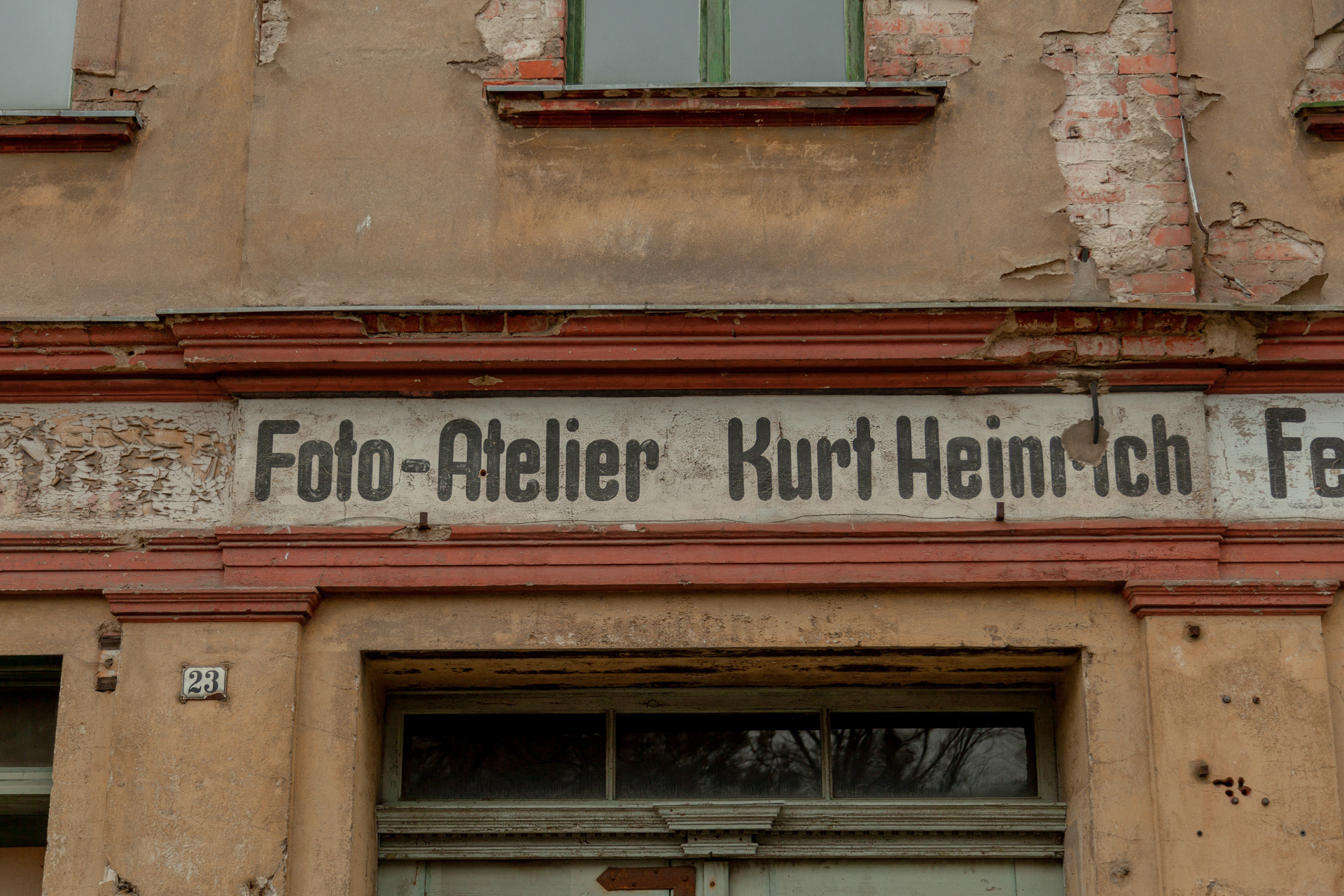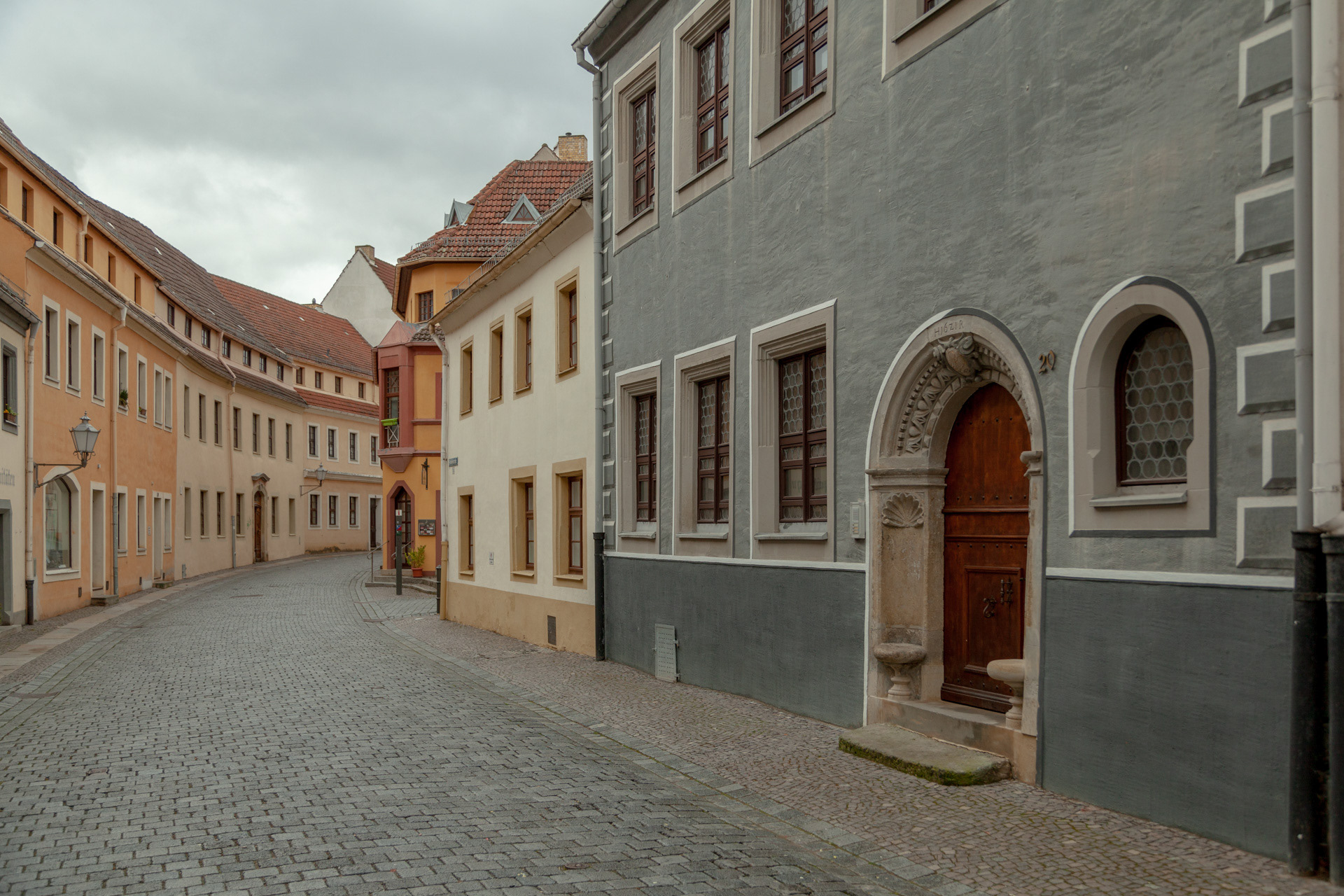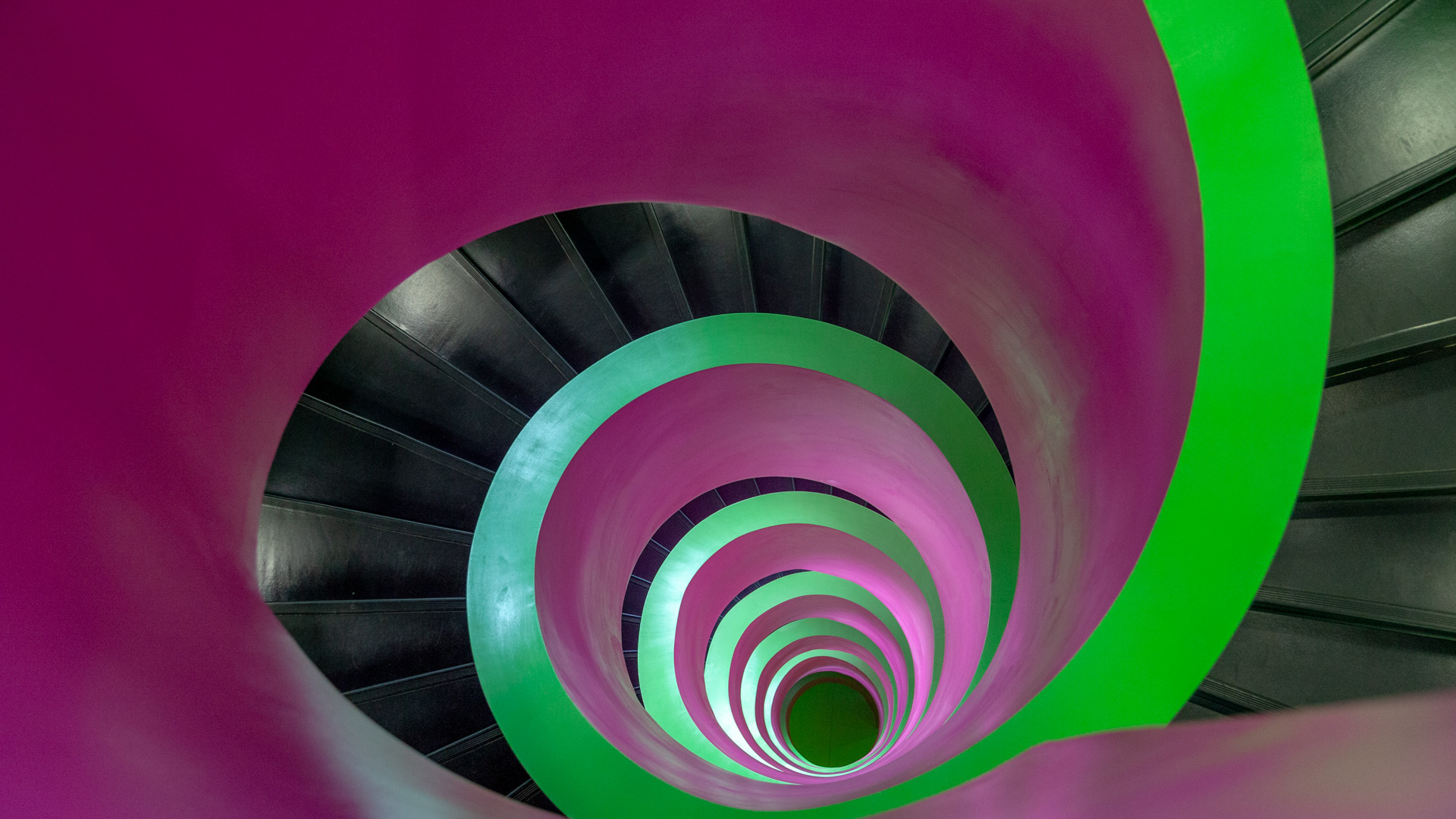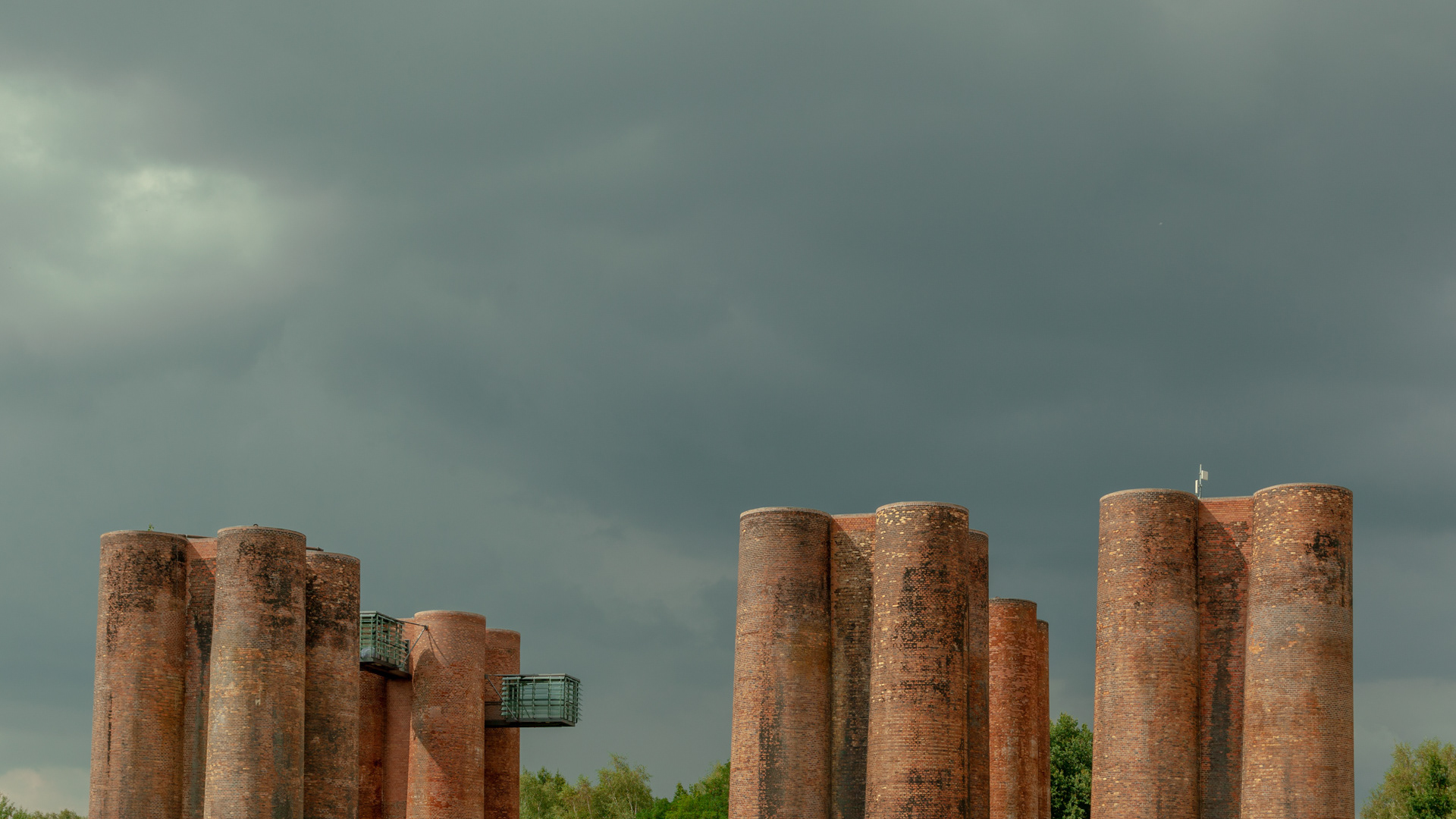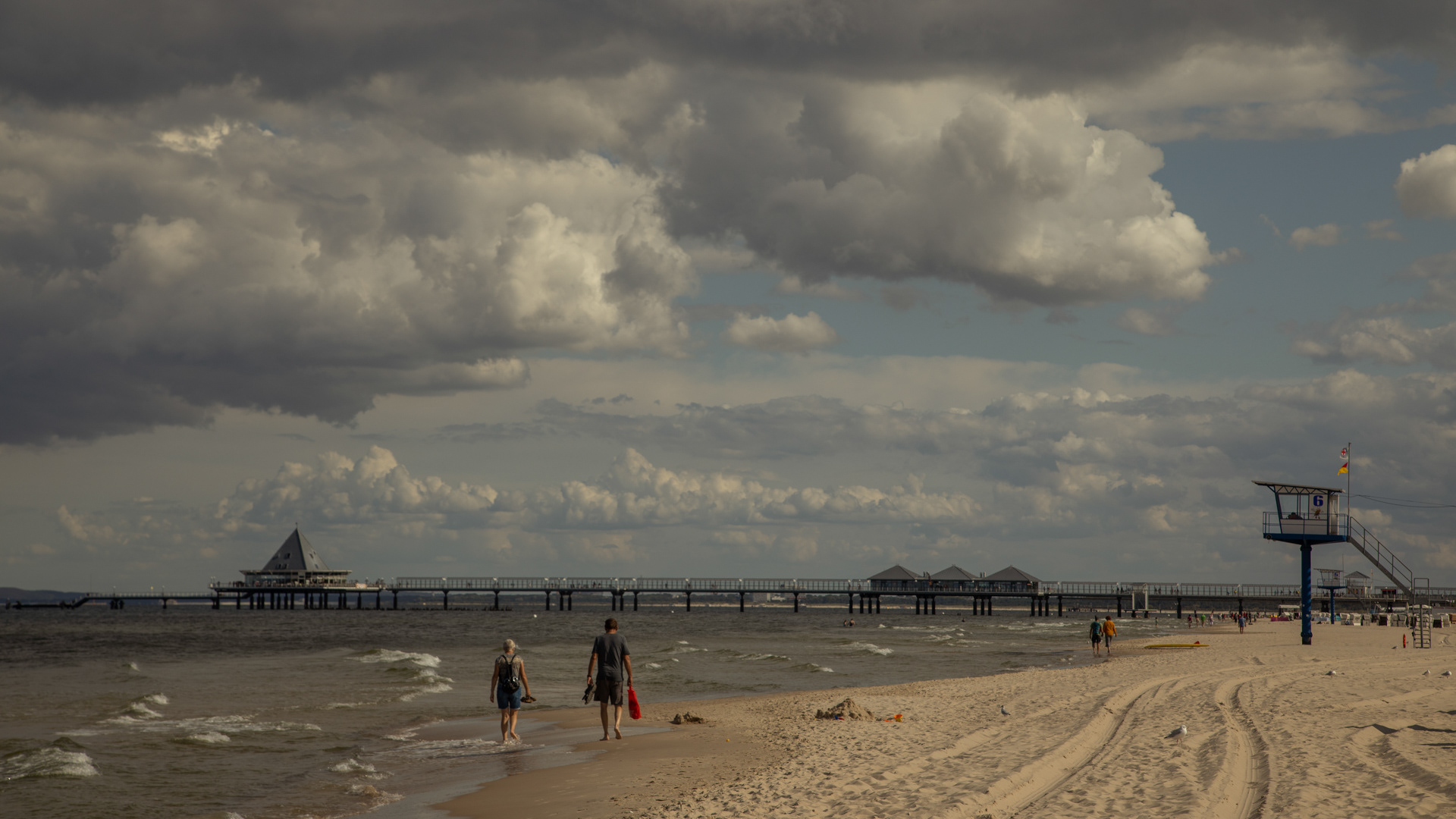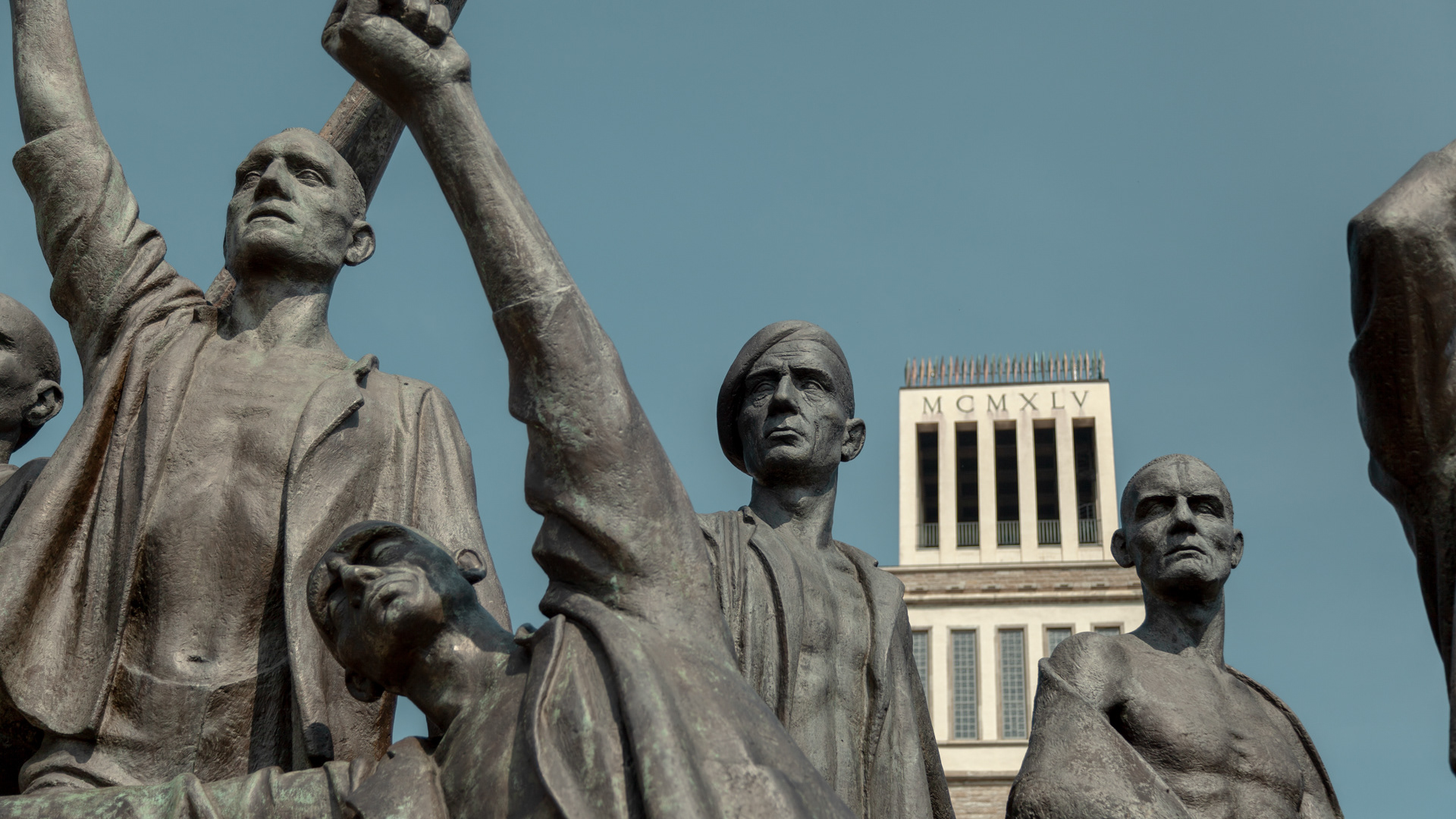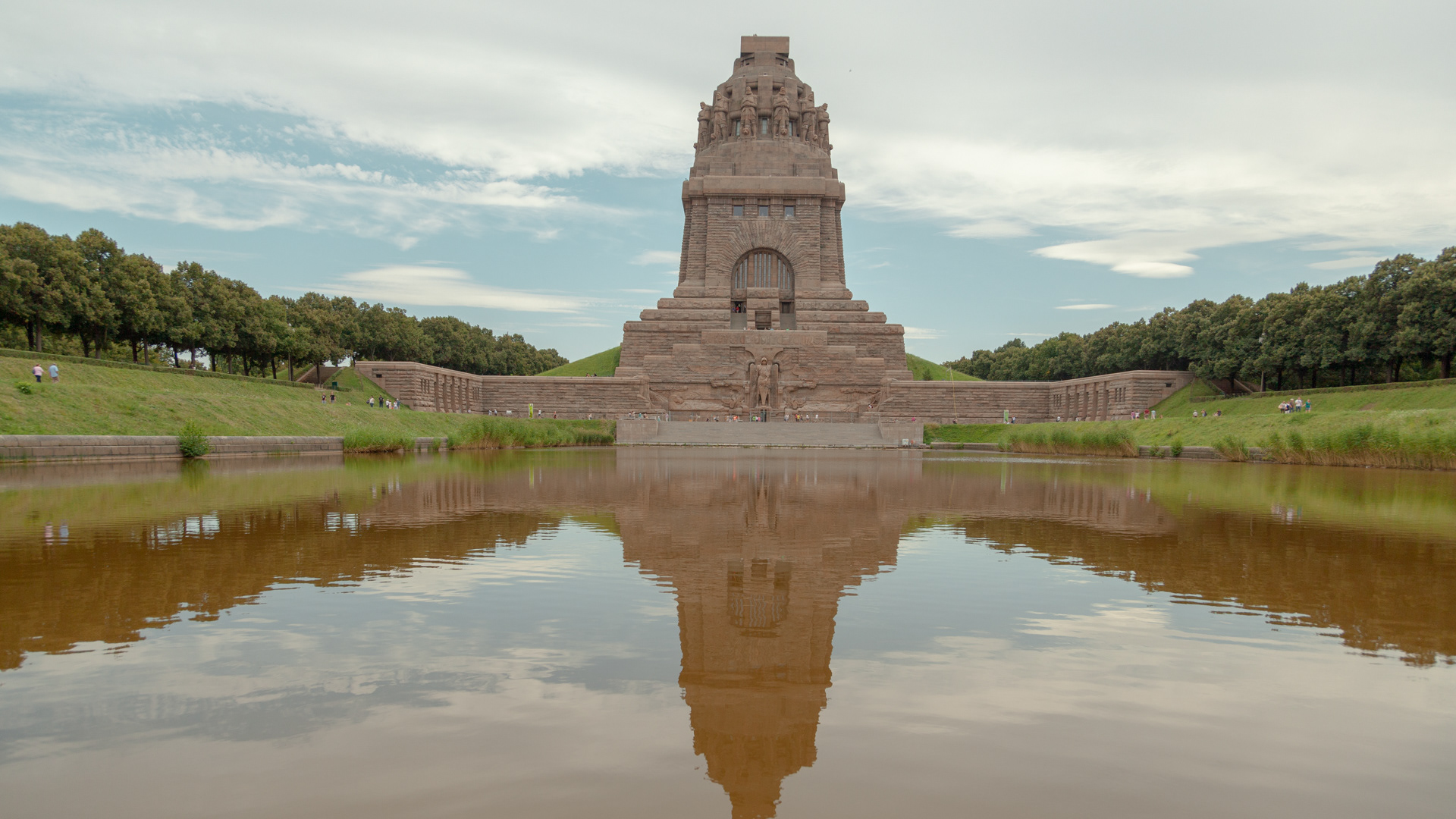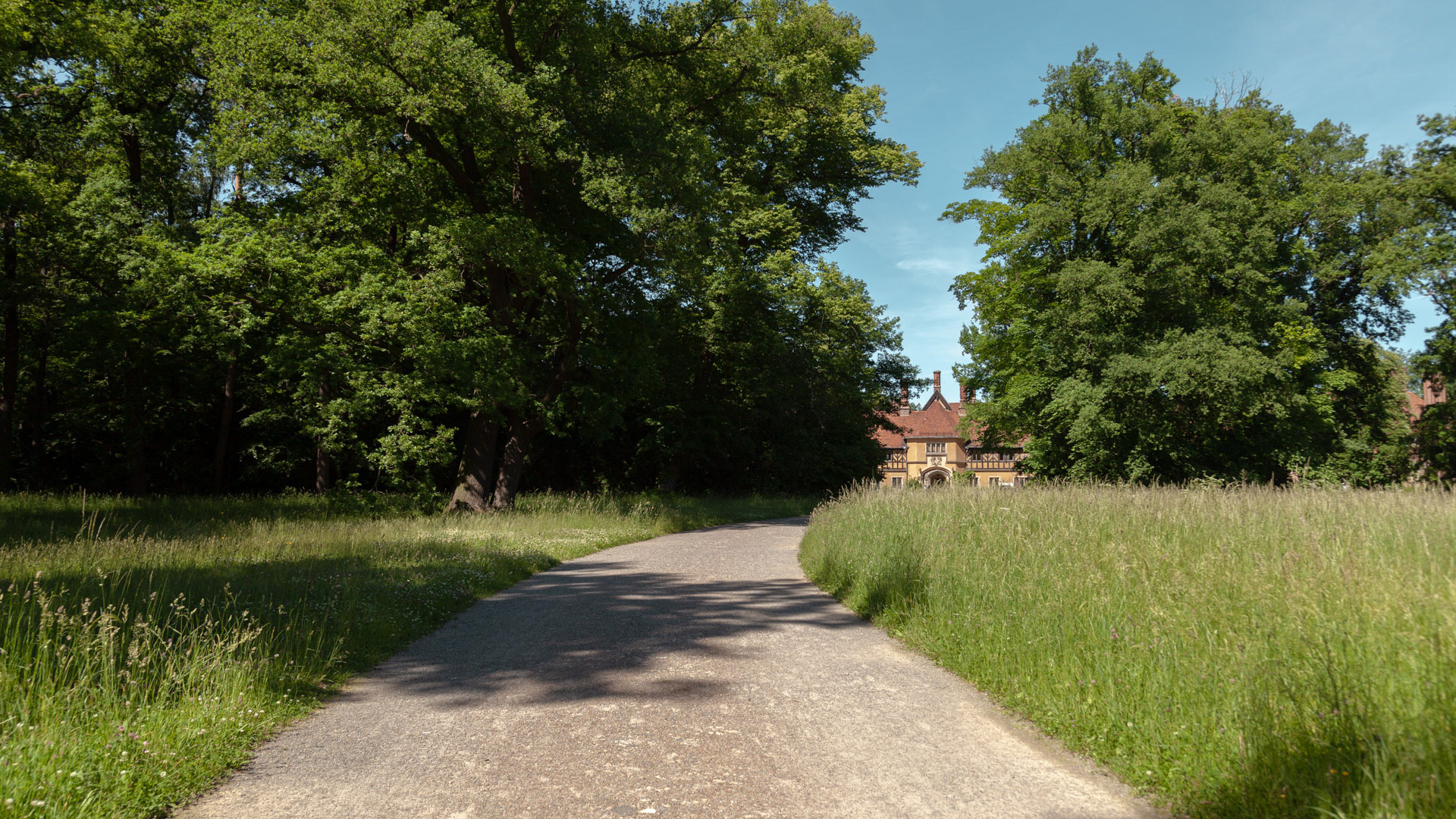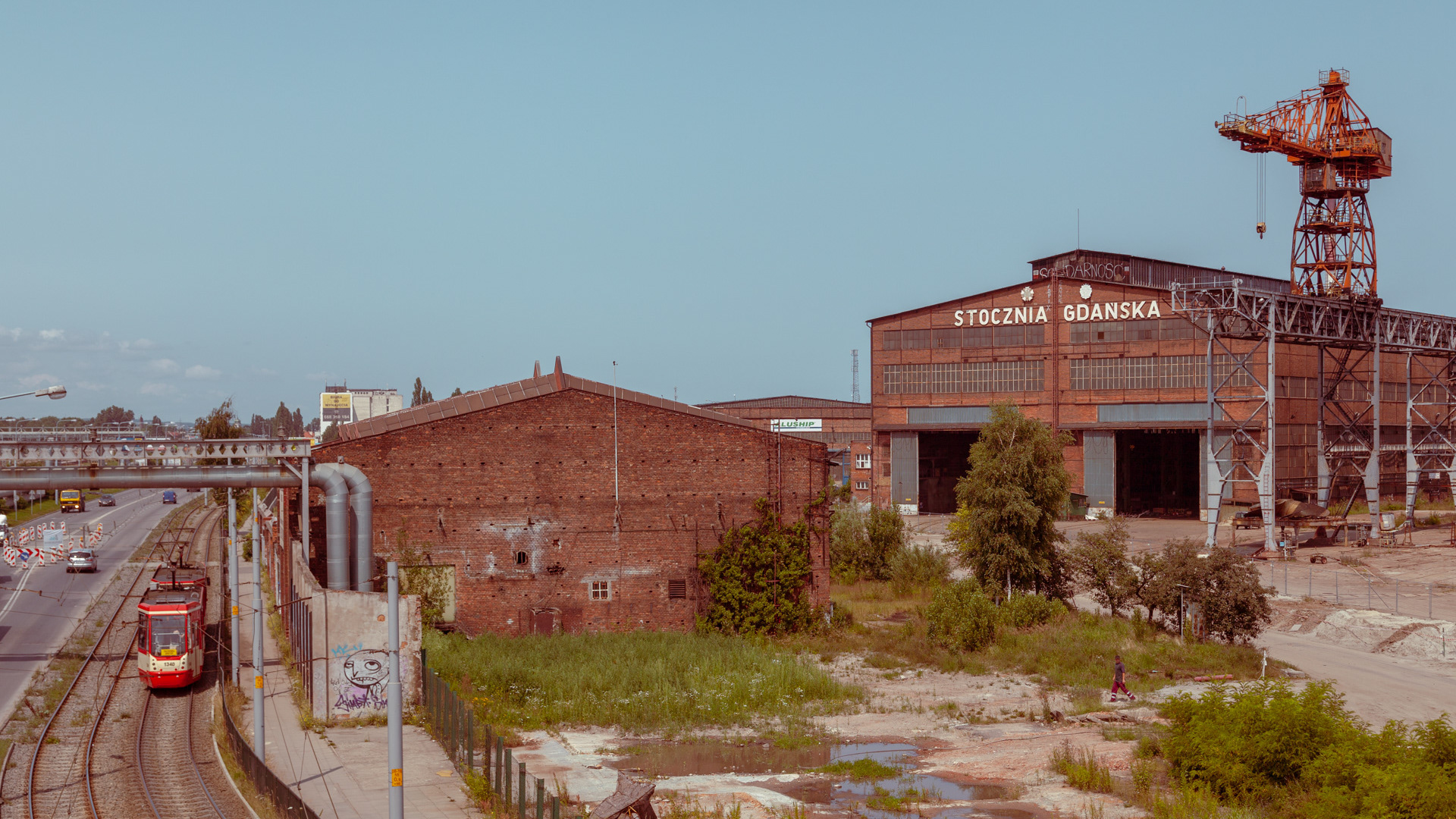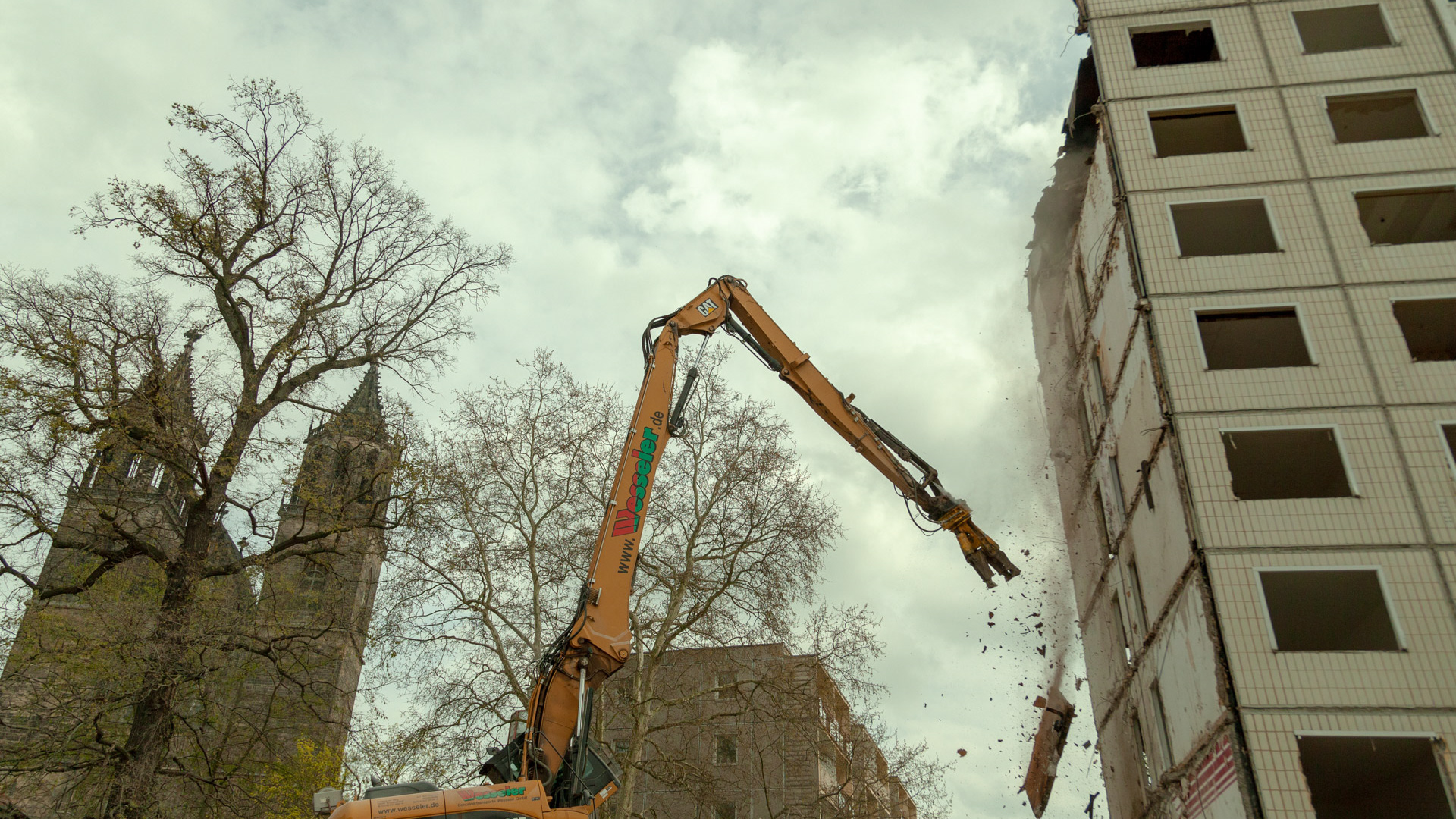It's really hard to talk about Torgau like a place to go for a daytrip, although you can see yourself from the pictures, it's really a nice city. The history of the city is linked with the life of Luther, but unfortunately the city in the last century is also deeply linked with the tragedy of human kind in different ways, far from the middle age and close to our stories, events for which Torgau is famous and for which it deserves a visit to the city and to the memorials and documentation centers.
Starting from the Nazi time, you can have a look at the monument just outside Fort Zinna , a fortress, which was a military prison in the Prussian army. After the abolition of military justice in the Weimar Republic, the prison was used for civilian purposes. It was expanded in 1936 by the Wehrmacht and thus became the largest and most modern prison of the Wehrmacht .
In 1943 the fort was the seat of the imperial court-martial , which was relocated from Berlin (you can still have a look a the building of the Reichskriegsgericht - Palace of Military Justice of The Third Reich in Charlottenburg) to Potsdam and then to Torgau. From 1943 to 1945, more than a thousand were sentenced to death like in Torgau and there, as elsewhere enforced .
Another important event took place in Torgau, on 25th April 1945 the Red Army met the US-Army on the Elbe. It's the first time that the two armys met on the German soil.
After the war, the Soviet secret police agency NKVD established its Special Camps Nos. 8 and 10 in Fort Zinna and in the nearby Seydlitz barracks. Germans and some Soviet citizens were interned here or served sentences passed by the Soviet military tribunals. The East German People's Police used the Fort Zinna prison from 1950 to 1990 as a penitentiary. In the 1950s it primarily housed political prisoners.
The Torgau Documentation and Information Center (DIZ), founded in 1991 and now under the administration of the Saxon Memorial Foundation for the commemoration of the victims of political despotism, researches and presents the history of the Torgau prisons in the permanent exhibition "Traces of Injustice". The DIZ is now hosted in the very beautiful Schloss Hartenfels.
But the brutal life of this city doesn't finish here. If you have seen the german film Barbara (2012), the main plot crosses the life of a young woman escaped from the Geschlossener Jugendwerkhof Torgau, which was a disciplinary device in the system of special homes of youth services in the DDR. The task of GJWH was reeducate the youth of DDR which was not conform with the system with military Drill, a rigid penal system, monotonous physical labor and ideological training. The result was multiple outbreaks, targeted humiliation and physical abuse, there was a series of suicides and self-mutilation, the number until today could not be definitively established. but more than 4,000 young people went through it.
Starting from the Nazi time, you can have a look at the monument just outside Fort Zinna , a fortress, which was a military prison in the Prussian army. After the abolition of military justice in the Weimar Republic, the prison was used for civilian purposes. It was expanded in 1936 by the Wehrmacht and thus became the largest and most modern prison of the Wehrmacht .
In 1943 the fort was the seat of the imperial court-martial , which was relocated from Berlin (you can still have a look a the building of the Reichskriegsgericht - Palace of Military Justice of The Third Reich in Charlottenburg) to Potsdam and then to Torgau. From 1943 to 1945, more than a thousand were sentenced to death like in Torgau and there, as elsewhere enforced .
Another important event took place in Torgau, on 25th April 1945 the Red Army met the US-Army on the Elbe. It's the first time that the two armys met on the German soil.
After the war, the Soviet secret police agency NKVD established its Special Camps Nos. 8 and 10 in Fort Zinna and in the nearby Seydlitz barracks. Germans and some Soviet citizens were interned here or served sentences passed by the Soviet military tribunals. The East German People's Police used the Fort Zinna prison from 1950 to 1990 as a penitentiary. In the 1950s it primarily housed political prisoners.
The Torgau Documentation and Information Center (DIZ), founded in 1991 and now under the administration of the Saxon Memorial Foundation for the commemoration of the victims of political despotism, researches and presents the history of the Torgau prisons in the permanent exhibition "Traces of Injustice". The DIZ is now hosted in the very beautiful Schloss Hartenfels.
But the brutal life of this city doesn't finish here. If you have seen the german film Barbara (2012), the main plot crosses the life of a young woman escaped from the Geschlossener Jugendwerkhof Torgau, which was a disciplinary device in the system of special homes of youth services in the DDR. The task of GJWH was reeducate the youth of DDR which was not conform with the system with military Drill, a rigid penal system, monotonous physical labor and ideological training. The result was multiple outbreaks, targeted humiliation and physical abuse, there was a series of suicides and self-mutilation, the number until today could not be definitively established. but more than 4,000 young people went through it.

